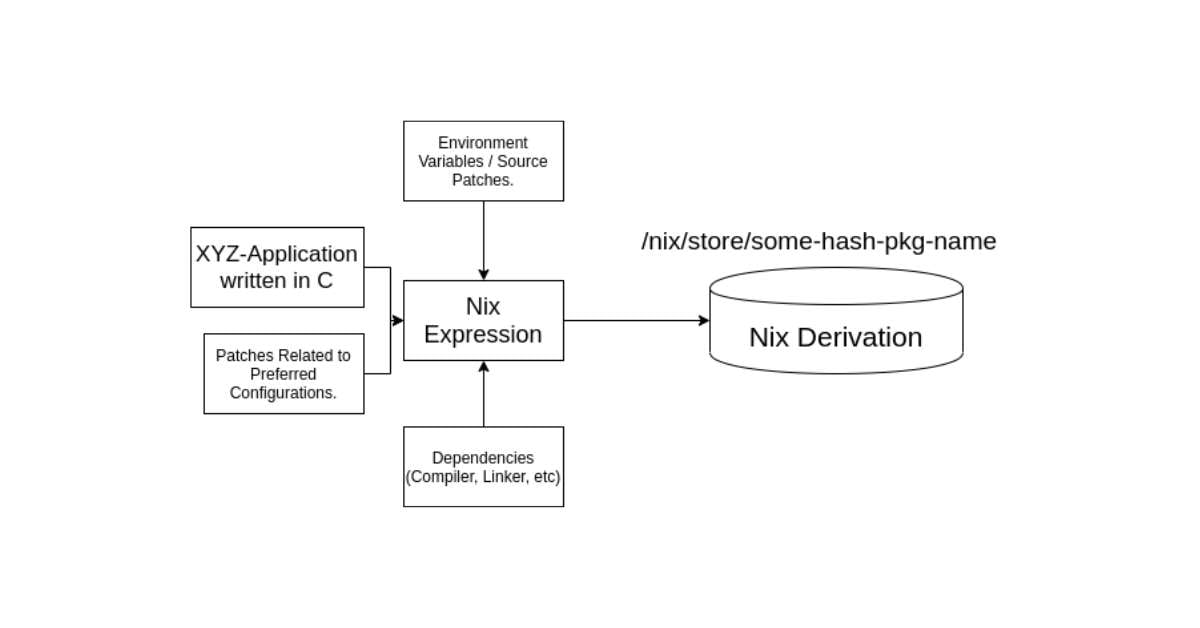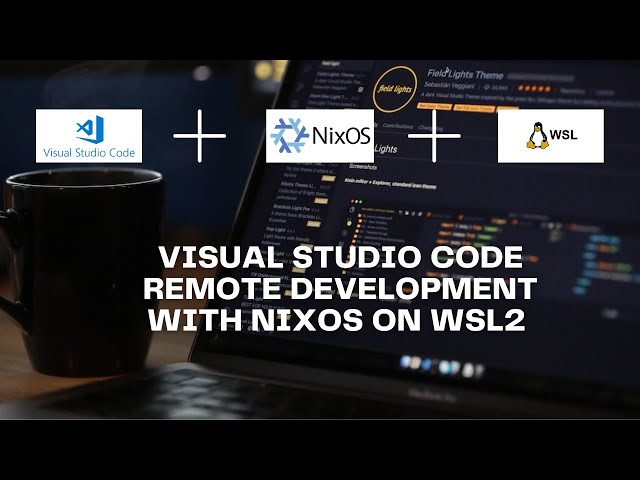Exploring the Depths of Nix and NixOS
Navigating through the realms of Nix and its robust operating system, NixOS, can be both enlightening and challenging. In this exploration, we’ll tackle some pivotal concepts and innovations surrounding these technologies, shedding light on what sets them apart in the vast landscape of package management and system configuration.
The Revolutionary Package Management of Nix
Nix stands as a revolutionary force in the world of software deployment, offering a purely functional deployment model. With Nix, packages are built and installed in isolation, which drastically reduces dependency issues that plague conventional package managers. This method ensures that the installation of one package doesn’t interfere with another, leading to a more stable ecosystem.
- Functional Package Management: Traditional systems often face challenges with configuration drift or dependency hell. Nix’s approach minimizes these issues, promoting a clean and repeatable environment wherever it’s applied.
- Multi-Version Support: Another significant benefit of Nix is its ability to support multiple versions of a package concurrently, allowing developers to switch between different environments effortlessly.
Innovative solutions in software deployment
From my personal experience as a developer, I cannot overstate how impactful Nix has been for my workflow. I often find myself developing on multiple projects simultaneously, each requiring different package versions. By using Nix, I have simplified my development process dramatically.
NixOS: A New Paradigm in System Configuration
NixOS extends the principles of the Nix package manager into the entire operating system, creating a consistent environment for developers and users alike. It offers a declarative configuration model, meaning that the entire system configuration is defined in a single configuration file.
This aspect of NixOS is a game-changer. Instead of configuring each service and application manually, you can describe your ideal system in code, and NixOS will ensure that your system matches that description.
Key Benefits of NixOS
- Rollback Capabilities: NixOS allows users to roll back to previous configurations with ease. If you make a change that you later regret, restoring your system to a previous state is just a command away.
- Atomic Upgrades: Upgrades are always atomic, meaning either the entire upgrade is successful or nothing changes at all. This reliability is crucial for maintaining production environments.
Transforming system management
Throughout my exploration with NixOS, I’ve also uncovered its potential for continuous integration and continuous deployment (CI/CD), which makes it particularly appealing to teams who value speed and reliability in their deployment processes.
Conclusion: The Future of Nix and NixOS
As I wrap up this exploration, it’s clear that both Nix and NixOS are reshaping how we think about package management and system configuration. With their unique features and capabilities, they provide advanced solutions to persistent problems in software development.
In a world where operational complexity is constantly on the rise, embracing technologies like Nix and NixOS isn’t just advantageous—it may soon become essential. For developers looking to future-proof their environments and streamline workflows, diving into the realm of Nix could be a worthwhile endeavor.
This article delves into the myriad benefits and revolutionary approaches of Nix and NixOS, providing insights that could transform your development practices.


 Photo by
Photo by 











